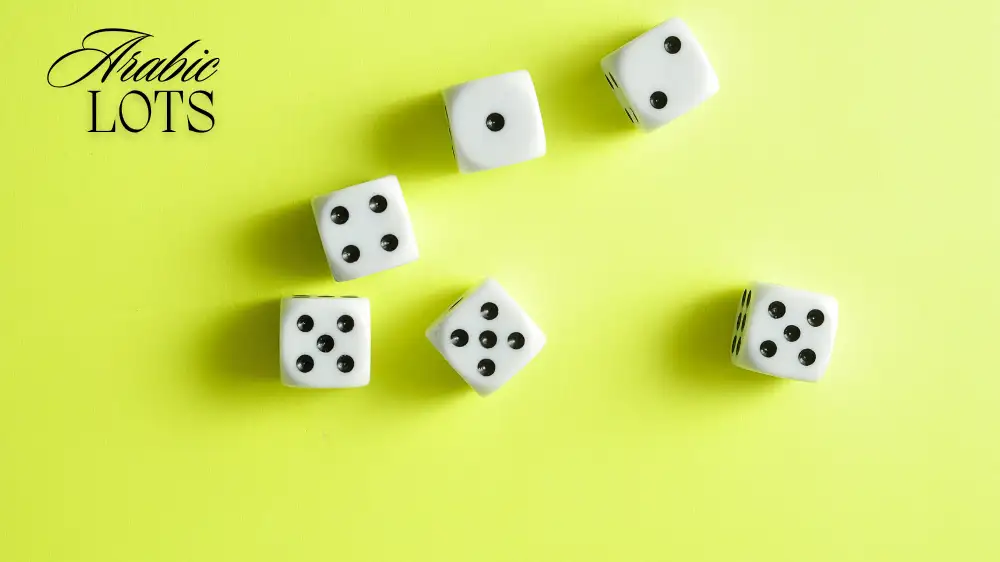One of the oldest techniques for determining significators is the technique of Arabian parts.
The astrologer calculates the angular distance between the planets using a specific formula, then postpones this distance from the selected planet or the house cusp.
The end of the resulting arc falls into a particular degree in the zodiac circle. This degree is called the Arabian part.
Definition. The Arabian part (synonyms: pars) is the place of the zodiac circle, calculated according to a certain formula based on the planets' current positions and the houses' cusps. The dispositor of an Arabian Part is a planet that describes a certain phenomenon or object.
For different objects and phenomena, there are formulas for calculating Parts.
For example, the Pars of Marriage (PoM) uses the formula: ASC + DSC - Venus. We read it as "the position of the 1st house cusp + the position of the 7th house cusp - the position of Venus." The position means an absolute degree - from 0º to 360º of the zodiac circle.
You may notice a certain logic in the formula. Marriage is something that happens between two people (1st and 7th houses) and is joined by love (Venus).
Another part - pars of cuts, operations, and damage - is calculated with the formula ASC + Saturn - Mars. There is also logic here:
- ASC - body,
- Saturn - skin, "shell,"
- Mars - penetration, cut.
[toc]
Practical Use
Purpose 1. To Determine the Significator
In actual practice, we use Arabian parts to determine the significator only if there is no astrological house for it. For example, there are no astrological houses for marriage or surgery. There is a house for husband/wife (7th house) and illness (6th house), but no place for family or a single operation.
Therefore, in questions
- How will the operation go?
- "Will divorce hit the kids?"
- "Does this man want a family, or is he just sexually involved"
we need to introduce planets for marriage, divorce, and operations for which no astrological houses exist. And only in these cases do we use Arabian parts.
Note 1. Using Arabian parts instead of house rulers is a technical error. If there is an astrological house for a phenomenon, person, or object, then we prefer the house over the pars.
Therefore, you will only need some items from the long list of Arabian parts in practice. For example, you don't need to use
- Pars of wealth (the 2nd house shows wealth),
- Pars of health (the 1st house signifies the health),
- Point of brothers and sisters (the 3rd house denotes them)
- and so on.
Note 2. Using Arabian parts to describe relationships between people is also a technical error. The reception describes relationships.
In practice, you won't need
- Pars of dependence (reception shows dependence),
- Pars of sexual attraction (reception also shows all types of attraction),
- Pars of enmity (hostile reception signifies it)
- and so on,
So, in reality, the list of Arabian parts for determining significators is reduced to one dozen.
Objective 2. To Clarify the Timing
In some cases, Arabian parts can refine the timing of events. For example, if a person's significator conjuncts with the Pars of Dismissal (PoD), the number of degrees before the exact conjunction will indicate the time remaining before the dismissal.
Not all Arabian parts have the property of refining the terms. Moreover, one should remember that the terms established by the Arabic points are refining and not defining.
For example, the time to dismissal, indicated by the main significators, is two months. The exact time, confirmed by the PoD, is 7.5 weeks. Then the Arabian part clarifies the term - the dismissal will not be in 2 months, but more precisely in 1 month and three weeks (7.5 weeks).
Suppose the main significators do not show dismissal at all. In that case, the conjunction of the querent and the Pars of Dismissal does not mean anything because there is nothing to clarify - discharge is not foreseen.
Arabian Parts Calculation
To simplify the life of an astrologer, our program for casting the horary charts calculates Arabian parts from the desired house cusp, taking into account the reverse formulas for day and night charts.
[promoFreeCourse]


